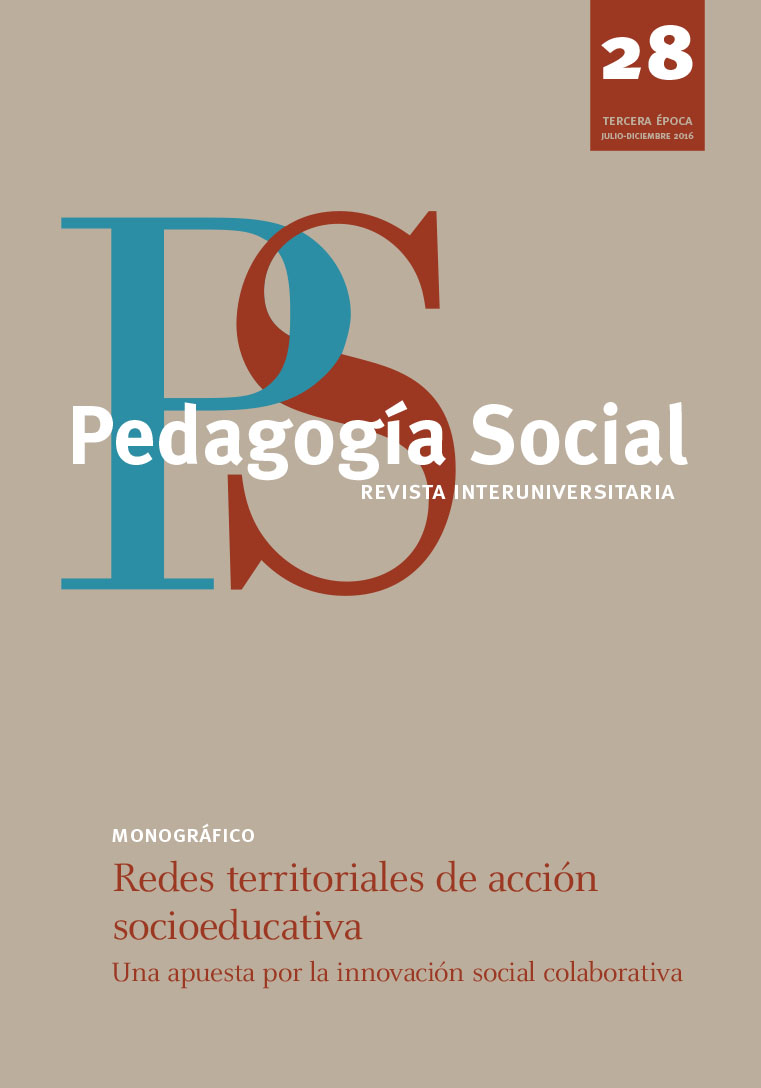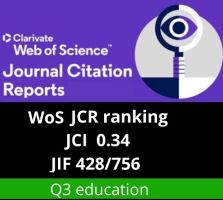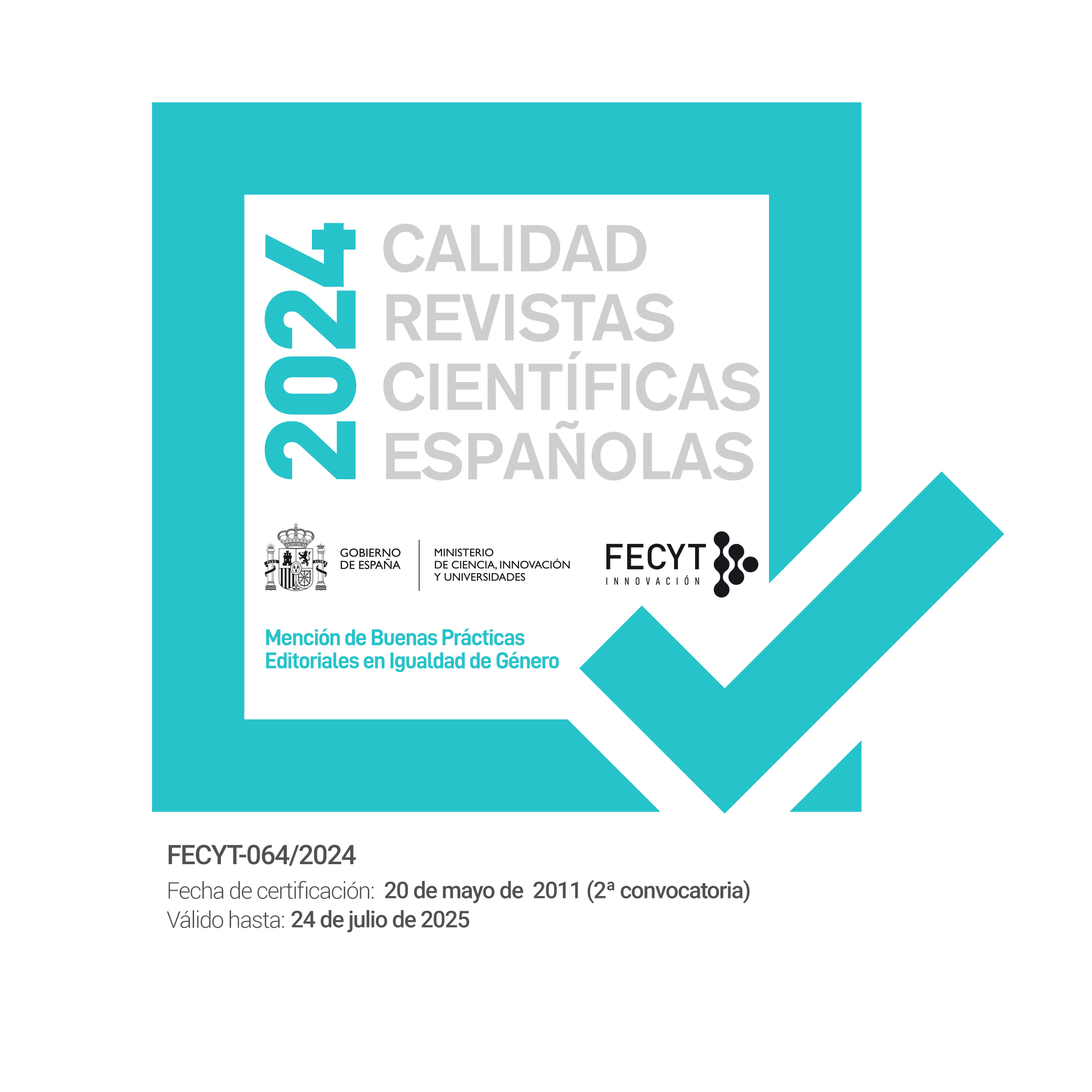Adolescents and lifestyles. A study on students’ leisure in the province of Rome
DOI:
https://doi.org/10.7179/PSRI_2016.28.10Keywords:
Adolescents, Lifestyle, Free-time, LeisureAbstract
This study aims at analyzing and interpreting the practices that adolescence influences in their spare time. The social interest aroused during adolescence influences social behaviors and allow us to collect data and better know the lifestyles of adolescents in their leisure time. For this reason, the main aim of this research is to study the leisure practices pursued and desired by Italian adolescents in the province of Rome, discovering the main elements that may be associated with these behaviors. To this scope, we have opted, in this study, for the use of a quantitative methodology, both descriptive and inferential, using, as a measure, the mACOFYD questionnaire, which was administered to a total sample of 2401 secondary school students from the Province of Rome, Italy. The results of this study have highlighted that the physical and sport activities are chosen and desired by most of the pupils studied, and that these practices are closely linked to the level of education of their parents. moreover, the findings of these research also stress the link discovered between Roman adolescents and their physical and sport behaviors, and the enormous popularity that technological practices have in the lives of adolescents.
Downloads
References
Aleandri, G. (2011). Educazione permanente nella prospettiva del lifelong e lifewide learning. Roma: Armando Editore.
Borraccino, A., & Papalia, R. (2009). Sport e tempo libero. In F. Cavallo (Ed.), Tra infancia e adolescenza in Piemonte: sane e malsane abitudini. HBSC. (39-52). Padova: Libraria Editrice Università di Padova.
Butt, J., Weinberg, R. S., Breckon, J. D., & Clayor, R. P. (2011). Adolescent physical activity participation and motivational determinants across gender, age, and race. Journal of Physical Activity and Health, 8, 1074-1083.
Cohen-Gewerc, E., & Stebbins, R. A. (2013). Serious leisure and individuality. Ontario: mcGill-Queen’s UniversityPress.
Cordente, C. A. (2006). Estudio epidemiológico del nivel de actividad física y de otros parámetros de interés relacionados con la salud bio-psico-social de los alumnos de E.S.O. del municipio de Madrid (Tesis doctoral). Retrieved from http://www.cafyd.com/tesis12cordente.pdf.
Cuenca, m. (2004). Pedagogía del Ocio: Modelos y Propuestas. Bilbao: Universidad de Deusto.
De masi, D. (2002). Ozio Creativo. Conversazione con Maria Serena Palieri. milano: Bur Editore.
Eurispes & Telefono Azzurro (2013). Indagine conoscitiva sulla condizione dell’infanzia e dell’adolescenza in Italia 2012. Roma: Eurispes.
Gilman, R. (2001). The relationship between life satisfaction, social interest, and frequency of extracurricular activities among adolescent students. Journal of Youth Adolescence 30, 749-767.
Kauderer, S., & Randler, C. (2013). Differences in time use among chronotypes in adolescents. Biological Rhythm Research, 44 (4), 601-608.
Lalonde, m. (1974). A new perspective on the health of Canadians: A working paper. Ottawa: Health & Welfare.
Manetti, m., Rania, N., & Zunino A. (2007). Percezioni, significati e gestione del tempo libero in giovani adolescenti. Turismo e Psicologia Rivista Interdisciplinare di Studi, Ricerche e Formazione, 0, 85-97.
Maulini, C. (2014). Progettare il benessere attraverso lo sport. Indicazioni metodologiche e studio di casi. milano: Franco Angeli. maulini, C. (2006). Pedagogia, benessere e sport. Roma: Aracne.
Mirowsky, J., & Ross C. E. (2003). Education, Social Status, and Health. New York: Aldine de Gruiter.
Organizzazione mondiale della Sanità (1999). Partners in life skills education. Geneva: Deparment of mental Health WHO.
Pastor, Y., Balaguer I., & García-merita m. L. (1998). Una revisión sobre las variables de estilos de vida saludables. Revista de Psicología de la salud, 10, 15-52.
Perea Quesada, R. (2009). Promoción y educación para la salud. madrid: Ediciones Díaz De Santos.
Ponce de León, A., Sanz, E., Ramos, R., & Valdemoros, m. A. (2010). MACOFYD: cuestionario de motivaciones, actitudes y comportamientos en el ocio físico-deportivo. Logroño: Universidad de La Rioja. Servicio de Publicaciones.
Ramos, R., Ponce de León, A., & Sanz, E. (2010). El ocio físico-deportivo en adolescentes. Análisis y propuestas de intervención. Logroño: Universidad de La Rioja. Servicio de Publicaciones.
Sabatini, F., & Coletti, V. (2007). Il Sabitini Coletti, Dizionario della lingua Italiana. milano:
Rizzoli-Larousse.
San Salvador, R., & Ortega, C. (2012). Ocio e innovación: de la mejora a la transformación. In C. Ortega & R. San Salvador (Eds.), Ocio e innovación para un compromiso social, responsable y sostenible. (9-21). Documentos de Estudio de Ocio, 47. Bilbao: Universidad de Deusto.
Santos, m. P., Gomes, H., Ribeiro, J. C., & mota, J. (2005). Variação sazonal na actividade física e nas práticas de lazer de adolescentes portugueses. Revista Portuguesa de Ciencias do Desporto, 5 (2), 192-201.
Surdo, m. (2012). Al tempo dei giovani, studio statistico sui giovani e adolescenti delle Marche,tra luoghi del tempo libero, benessere e percezione della formazione lavoro. macerata: Praxis.
Tammelin, T. H., Ekelund, U., Remes, J., & Nayha, S. (2007). Physical activity and sedentary behaviors among finnish youth. Medicine and Science in Sports and Exercise, 39, (7), 1067-1074.
Ussher, m. H., Owen, C. G., Cook, D. G., & Whincup, P. H. (2007). The relationship between physical activity, sedentary behaviour and psychological wellbeing among adolescents. Social Psychiatry and Psychiatry Epidemiology, 42, 851-856.
Downloads
Additional Files
Published
How to Cite
Issue
Section
License
Copyright (c) 2016 Pedagogia Social. Revista Interuniversitaria

This work is licensed under a Creative Commons Attribution-NonCommercial 3.0 Unported License.
Copyright and right to archive
The published version of the articles can be self-archived by their authors in open access institutional and thematic repositories. However, Pedagogía Social. Revista Interuniversitaria must authorize partial or global reutilisation on new papers or publications.
Published papers must be cited including the title of the journal Pedagogía Social. Revista Interuniversitaria, issue, pages and year of publication
Ethical responsibilities
Pedagogía Social. Revista Interuniversitaria does not accept any material that has been previously published in other documents or publications. Authors are responsible for obtaining the required permissions for partial or global reproduction any material from other publications, and to correctly quote its origin.
Pedagogía Social. Revista Interuniversitaria is obliged to detect and report fraudulent practices.
Only those who have intellectually contribute to the development of the paper must appear as authors.
The journal expects authors to declare any commercial partnership that might entail a conflict of interest with respect to the submitted article.
Authors must mention in the article, preferably in the “methodology” section, that the procedures used during the samplings and controls have been made after getting informed consent.
The journal will not use any received contribution in a way other than the goals described in these guidelines.
Copyright Notice
© Pedagogía Social. Revista Interuniversitaria. Papers published in both the printed and online versions of this Journal are property of Pedagogia Social. Revista Interuniversitaria, being required to cite the source in any partial or total reproduction.
Unless otherwise stated, all content of this electronic journal is distributed under "Creative Commons Attribution-Non commercial 3.0 Spain" (CC-by-nc) license for use and distribution. The informative version and the legal text of this license is available here. This has to be expressly stated in this way when necessary.






